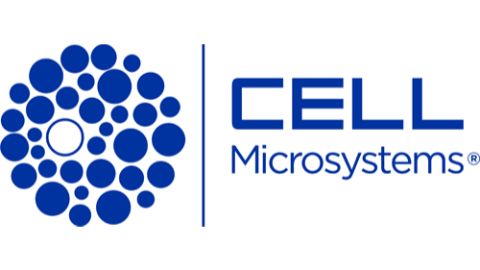Transporter-based In Vitro-In Vivo Extrapolation (IVIVE)

Abstract
The use of in vitro data to predict the pharmacokinetics (PK) of drugs whose disposition is mediated by transporters is complicated due to unknown transporter expression levels in individual tissues both in vivo as well as in various in vitro cell culture systems. The contribution of passive diffusion to drug transfer between extracellular and intracellular space in individual tissues is another important aspect to consider for drugs with low permeability and slow diffusion through cellular membranes. The permeability-surface area product (PStc) is commonly used to describe the rate of passive diffusion through membranes. Estimation of PStc values for different tissues incorporated in PBPK models is not well-established due to unknown physiological aspects of individual tissues, e.g., cell surface areas. We propose a new method for describing the passive diffusion in different tissues by scaling the PStc values to tissue cell volumes. The method was further extended to estimate the contribution of passive and carrier-mediated transport in vivo from in vitro measurements. Valsartan was used as a model compound with distribution and clearance dependent on transporter activity. GastroPlusTM7.0 with its PBPK PlusTM Module (Simulations Plus, Inc., Lancaster, CA) was used to simulate plasma concentration-time (Cp-time) profiles utilizing physiologically based pharmacokinetic (PBPK) models based on both animal and human physiologies. Drug partitioning into the extracellular space was described by an extracellular-water: plasma partition coefficient, taking into account binding of drug to plasma and extracellular tissue proteins. Carrier-mediated transport kinetics in liver was estimated from previously reported in vitro parameters measured in cultured hepatocytes. Passive diffusion between the extracellular and intracellular spaces in liver was described by PStc, which was also estimated from previously reported values measured in vitro. Passive diffusion in other tissues was described by PStc values scaled from the liver PStc according to individual tissue volumes. Simulations using a combination of kinetic parameters from the relevant in vitro system (cultured hepatocytes) with physiologically based scaling of the passive diffusion rate across all tissues resulted in very good prediction of total valsartan exposure and provided the correct shape of the predicted Cp-time profile in rat and human based on in silico and in vitro parameters. This method is a promising tool for prediction of the pharmacokinetics of drugs whose disposition cannot be described by well-stirred tissue models, and it expands the predictive capabilities of PBPK modelling approaches for prediction of pharmacokinetics based on in vitro data to a wider range of compounds.







